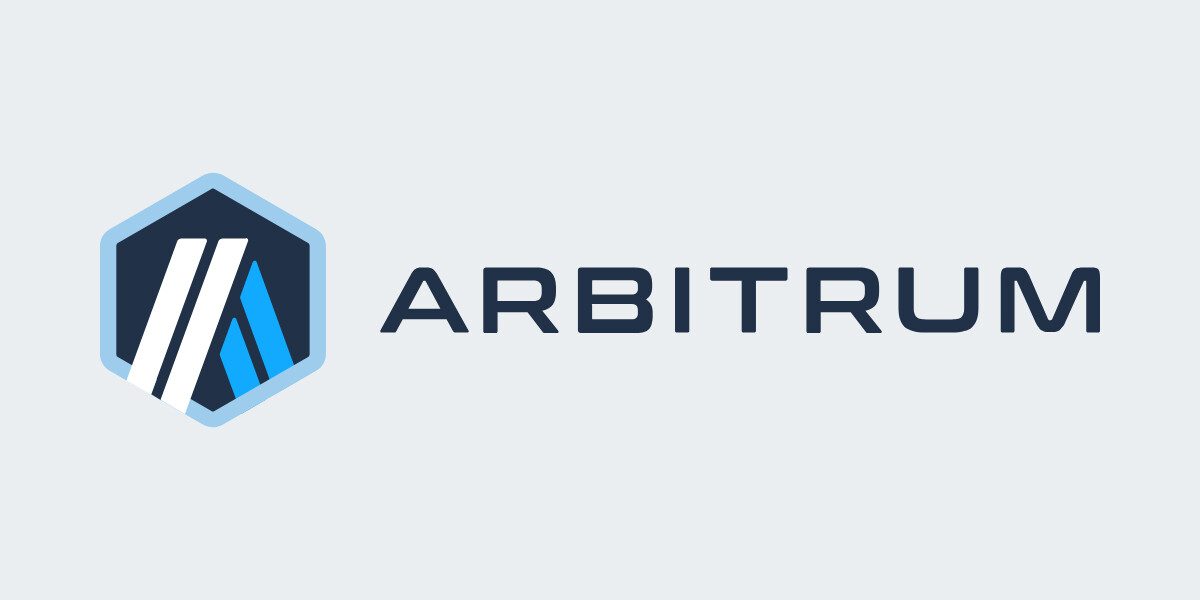
The Future of Arbitrum Bridge and Layer 2 Scaling
The Arbitrum Bridge has become a crucial component in the Arbitrum ecosystem, enabling users to seamlessly leverage the benefits of Layer 2 scaling. As the blockchain space continues to evolve, here’s a glimpse into what the future holds for the Arbitrum Bridge:
-
Enhanced Security: Security remains a top priority for bridges. We can expect advancements in smart contract auditing techniques and the potential integration of additional security measures like decentralized bridge governance to further mitigate risks.
-
Reduced Challenge Period: The current 7-day challenge period on the Arbitrum Bridge can be a drawback for users who require faster finality for their transactions. Future iterations of the bridge might explore ways to shorten this period while maintaining sufficient security guarantees.
-
Interoperability with Other Chains: Currently, the Arbitrum Bridge primarily focuses on transfers between Ethereum and Arbitrum. The future could see the bridge expanding its capabilities to support interoperability with other blockchains, creating a more interconnected ecosystem.
-
Multichain Support: While the Arbitrum Bridge primarily supports ERC-20 tokens, future developments might introduce support for other token standards like ERC-721 (NFTs) and beyond, catering to a wider range of digital assets.
-
Integration with Wallets and dApps: A more seamless user experience could be achieved by integrating the Arbitrum Bridge directly into popular Web3 wallets and dApps. This would allow users to initiate bridge transactions directly from these platforms without needing to navigate to a separate interface.
The success of the Arbitrum Bridge is a testament to the growing importance of Layer 2 solutions in addressing Ethereum’s scalability challenges. By continuously innovating and prioritizing security, the Arbitrum Bridge is well-positioned to play a vital role in the future of decentralized finance (DeFi) and blockchain applications.
Beyond the Bridge: The Rise of Layer 2 Scaling Solutions
The Arbitrum Bridge serves as a gateway to the broader world of Layer 2 scaling solutions. These solutions aim to address Ethereum’s scalability issues by processing transactions off-chain while leveraging the security of the Ethereum mainnet. Here’s a brief overview of some prominent Layer 2 scaling approaches:
-
Optimistic Rollups: As exemplified by Arbitrum, optimistic rollups bundle transactions off-chain and submit them to the mainnet for verification. They assume transactions are valid by default, with a challenge period for disputes.
-
ZK-Rollups: Zero-knowledge proofs (ZKPs) are a cryptographic technique employed by ZK-Rollups. These proofs allow validators to verify the validity of a transaction without revealing its specific details, significantly reducing the amount of data stored on the mainnet.
-
Validium Chains: Validium chains are another Layer 2 scaling solution. They offer faster transaction processing compared to optimistic rollups but rely on a centralized sequencer to validate transactions. This introduces some level of trust assumptions compared to permissionless validation mechanisms.
The choice of Layer 2 scaling solution depends on various factors, including transaction speed, security guarantees, and cost-effectiveness. As these solutions continue to mature, we can expect a more diverse and interconnected blockchain ecosystem to emerge.
In conclusion, the Arbitrum Bridge serves as a vital link between the Ethereum mainnet and the Arbitrum Layer 2 network. By understanding its functionalities, benefits, and security considerations, users can leverage this bridge to participate in the fast-growing world of DeFi and blockchain applications. As Layer 2 scaling solutions evolve and innovate, the future promises a more scalable and efficient blockchain ecosystem for everyone.
Choose only the best crypto bridge and enjoy the process.

